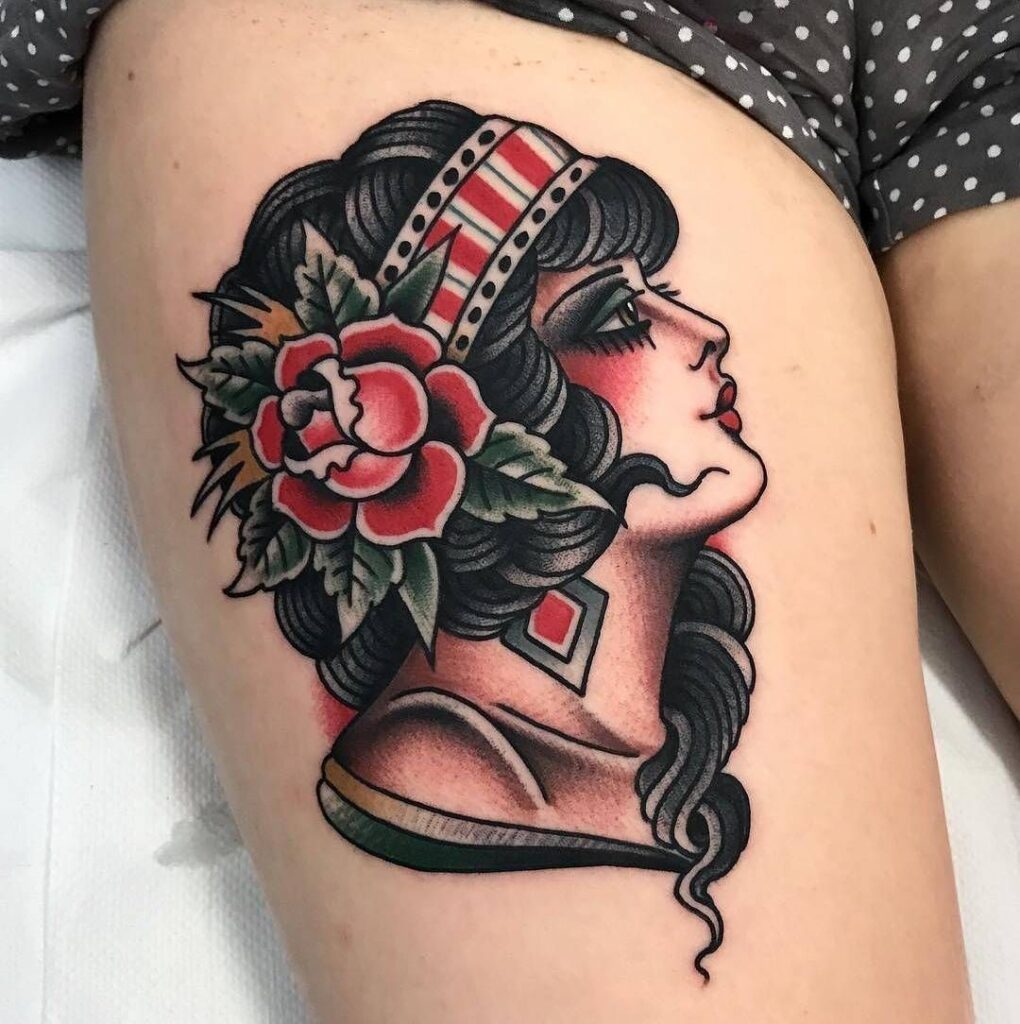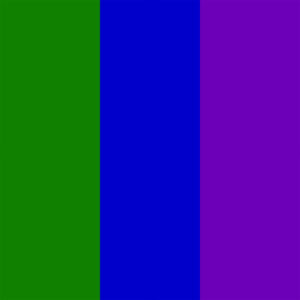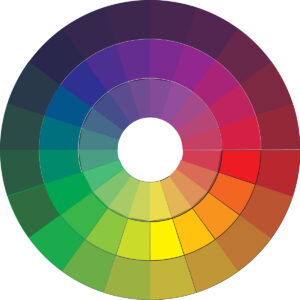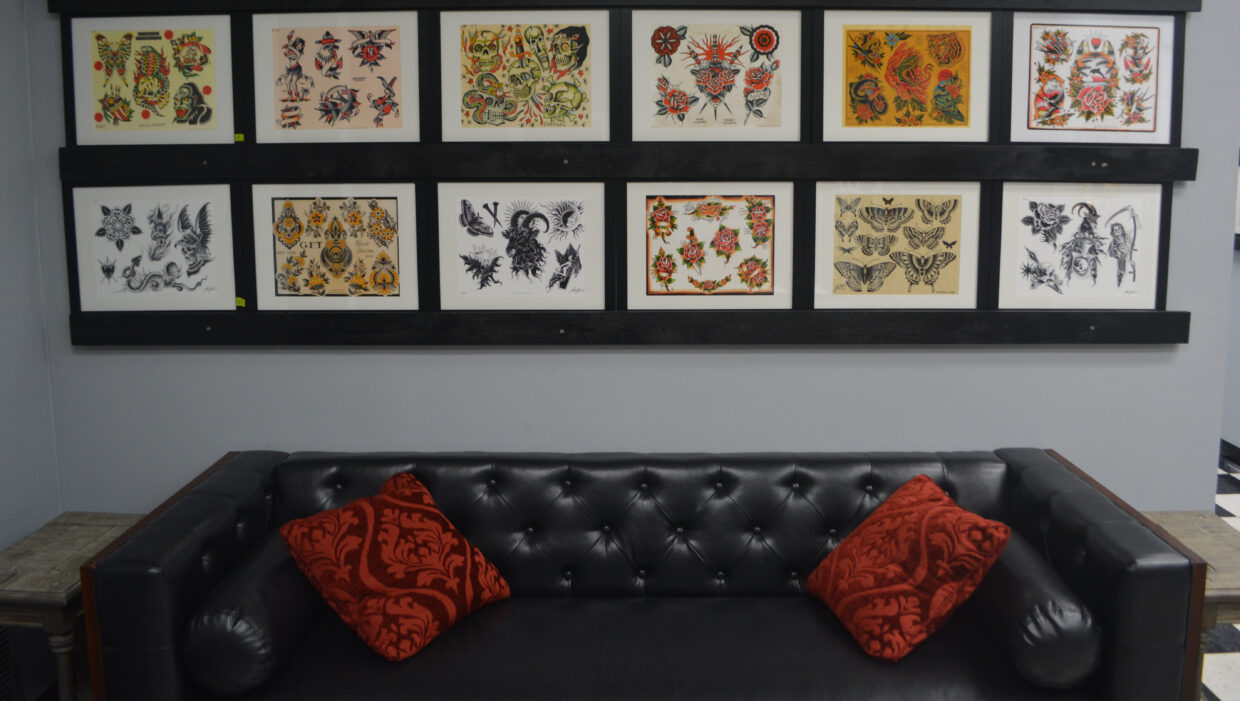American Traditional Tattoos: Style Guide
American Traditional Tattoos: Style Guide
A time honored tradition of the technical application of iconic images into the skin.
American Traditional Tattoos
Longevity Rating: 10
Old school American Traditional tattoos are the easiest tattoo style to identify. It’s birth stems from the time honored tradition of sailors getting tattooed while away from home while they crossed the sea, and it was popularized in America in World War I and World War II by American sailors who got tattooed at their different posts throughout the world.
American traditional tattoo artists subscribe to the mantra “Bold will Hold”. This mentality is the basis for traditional tattooing, that tattoos done technically well, with clear imagery and separation of the Black, Color and Skin within a design will yield a tattoo with the longest lifetime possible.
As far as longevity goes, Traditional Tattoos done at appropriate sizes are unmatched. They will hold up over time better than any of the other styles.

Traditional American Tattoo Style Rules:
- Bold Single Weight Line
- ⅓ black
- ⅓ shading or color
- ⅓ skin
The bold single light weight should be even, without wiggles or variation. Uniform thickness of the line is the key. Fineline, or more detailed tattoos are done with a 5 or smaller, which is a thinner line weight. The standard size for most simple American Traditional tattoos is an 8. If you prefer the look of thicker lines, you can easily achieve the look by using a shader in place of a liner, but the thing is, after a few years a tattoo done with an 8RL will appear to have been done with an 8 shader to begin with. Because of this, for a normal lifeline and the cleanest healing, it’s best to trust that the lines will achieve their old school thickness within 5-7 years from the date of being initially done.
The black, both lines and shading in a tattoo is what will last the longest in any tattoo. For traditional American tattoos the black shading should be about ⅓ of the design.
⅓ of the tattoo should be color or black and grey shading ( not solid black), filling most of the remaining design space. In the beginning, Traditional American tattoos were only done with black, and up to three colors. True American Traditional Tattoos had only Red, Yellow and Brown. These were the first colors available to use as tattoo inks.
Old School American Traditional Colors: Red, Brown and Yellow

American Traditional Tattoos After Sailor Jerry: Include: Pthalo Green, Blue and Purple.

American Traditional with Extended Pallett: Uses all the colors of the rainbow, but usually uses no more than 5 in any combination while adhering to all other traditional teachings.

⅓ skin is areas of the design that were intentionally left as untattooed portions of the design. These are called skin breaks. They can be solid chunks of skin within the design, or it can be an outline buffer portion of the design, where the color or shading is shaded up to it, leaving a bit of skin right inside the black lines of the design.
Some people don’t leave skin breaks, and that’s ok. It really depends on the overall look you’re going for. However, it does give the desired effect of the tattoo being a part of you, rather than simply slapped on top of your skin. It creates an added level of depth to the tattoo that can’t otherwise be achieved. No, tattooing white in the area won’t create the same effect.

Tattoo Flash and American Traditional Tattoo Shops:
Tattoo flash is a time honored tradition for traditional tattooers. In making it, they learn how to design with tattooing as the final goal. Through making tattoo flash, the tattoo artists commits to memory how the design is constructed, creates the stencils for the designs, and then colorizes the pieces so that the designs can be hung in a shop for potential clients to view.
It used to be a process that artists went through, spending months doing nothing but copying and creating designs before they were finally able to tattoo their design work on clients.
This is not as true these days. It is harder and harder to find traditional tattoo shops that have painted tattoo flash on the walls, even less common to find a tattoo shop where the tattoo artists themselves have created the art that is on display for their clients.
In the 2000s, the popularity of traditional tattoo shops lessened, because people started bringing tattoo designs with them on their phones. The advent of the internet lessened tattooing as an art form, and because of this, traditional tattoo shops with tattoo flash painted by the in-house artists are a dying breed.
Traditional Sleeves: The Original Patchwork Sleeve:
Traditional sleeves are usually worked on over someone’s lifetime. Every time they get a tattoo, they add it to the collection, until there is no more free space to work with. Once you have as many traditional designs as you can fit, then you move on to getting gap fillers, which are designs drawn to fit the cracks between your existing tattoos. Once you have no large spaces left to put gap fillers, some people choose to use stars, or other little symbols to fill the remainder of their sleeve.
Tattoo sleeves can be done in any style, I would just recommend sticking to one style or the other. Make a mental note to the style guide, like “All american traditional blackwork tattoos” or “Patchwork of American Traditional, with blue and orange being the main colors”. It doesn’t matter which colors you pick so much, just that you have some sort of plan when you go into it, the end result is always so much better.
Popular Themes in Traditional Tattooing
Various subjects are recurring themes throughout history that make excellent tattoos.
Some of the most popular traditional tattoo themes are : skulls, roses and other flowers, daggers, crosses, tigers, panthers, bears, wolves, snakes, birds, paradise, girl heads, pin-ups, wizards, fairies
For traditional military tattoos, there are specific designs for every military branch. In addition to service patches and rank, there are special tattoos for hitting milestones throughout your military career. Some examples of military tattoo designs are Eagles, Ships, Airplanes, the Pig and Rooster, Swallows, Anchors.
During Sailor Jerry’s era, which was also during WWII, the world was fascinated by Japanese culture. During this time, American Traditional tattoo artists created Eastern Dragons, Geishas, Peonies, Mums, Oni, Hanya and various Noh and Yokai characters for Sailors. Traditional Japanese tattoos and American traditional tattoos of Japanese subjects are completely different things!
Some Additional Variations on American Traditional Tattoos:
The following styles are variations, or niches within the traditional tattoo vein. They adhere to most of the style rules of traditional tattoos.
American Traditional Blackwork Tattoos:
These are essentially traditional tattoos that are created only with black ink. The black to skin ratio can be anywhere from 1/2 to 1/5. But there is no greywash used, only black ink.
American Traditional Black and Grey Tattoos:
These are essentially traditional tattoos that are created only with black and greywash ink, which is black watered down, and no white. I’ve seperated this from Black and grey opaque traditional tattoos because the outcome gives a vary different aesthetic.
American Traditional Black and Grey Opaque Tattoos:
These are essentially traditional tattoos that are created only with black and grey and white ink.
Girly American Traditional “Bubblegum” Tattoos:
These are essentially traditional tattoos that are created with the extended pallet. They generally include color blends, but for the most part, the style adheres to the traditional style rules. This tattoo style features girly colors like pinks, magentas, purples, teal, baby blue and seafoam. Another common technique used within this style is called “glitter”. Glitter tattoos usually take one section of a design, and use all the colors used within that section to create a glitter effect with dots.


Leave a Reply
You must be logged in to post a comment.